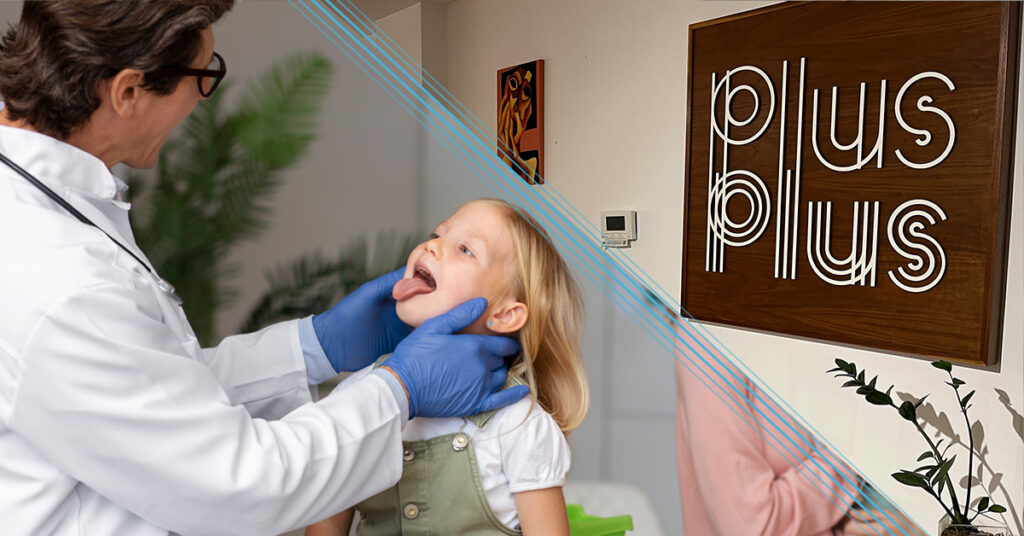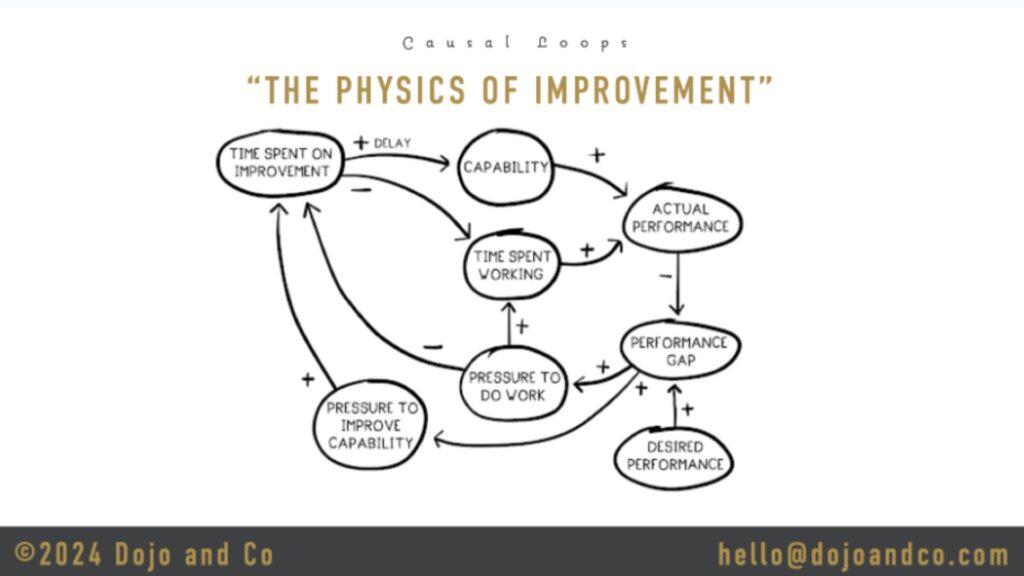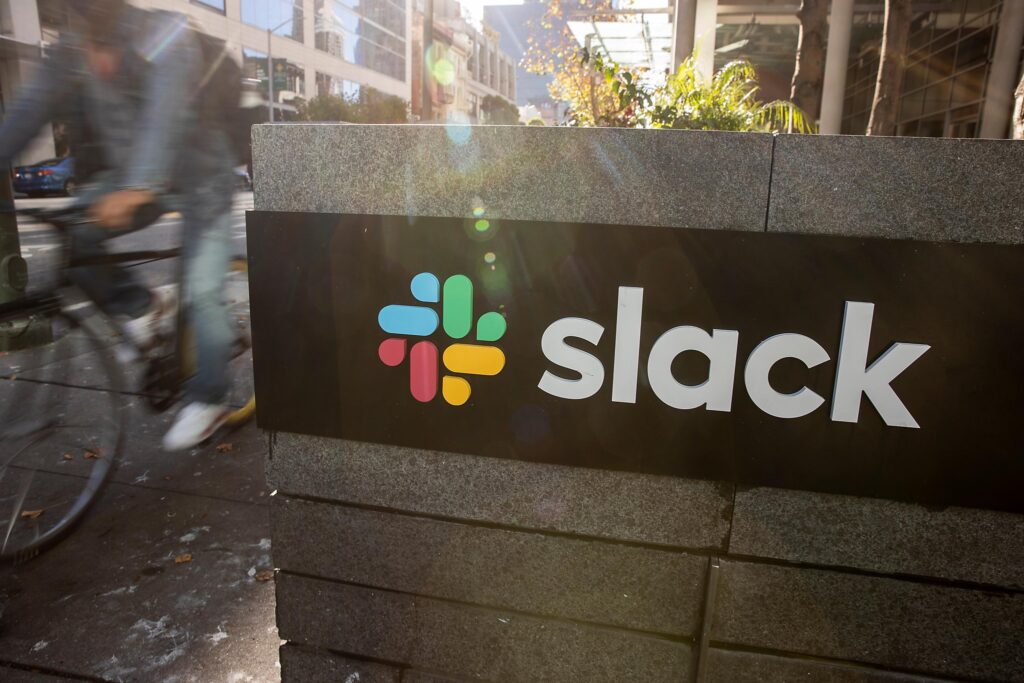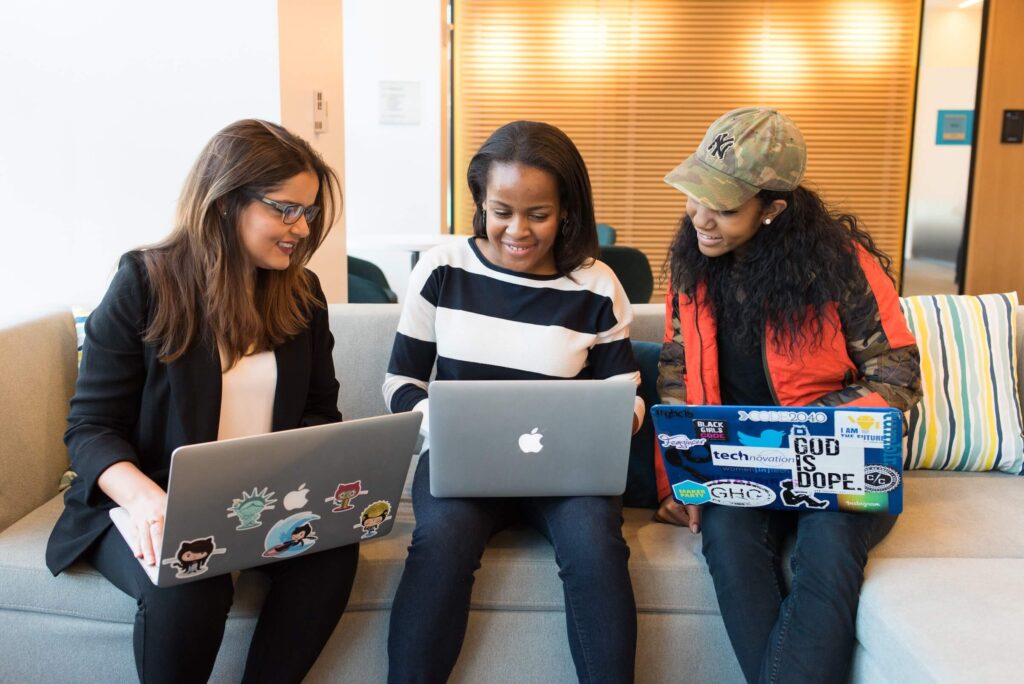It’s no longer a question whether a diverse workplace is beneficial. Article after article has proven that a more diverse and inclusive team results in better products as well as a healthier work environment. But what if catering to a diverse audience is also economically efficient?
Jen Gilbert, Tech Learning Manager at Lyft, has spent the past year creating a strong onboarding program that sets their entire engineering team up for success.
“Often when I talk to people in the Learning & Development industry who are working with technical teams, they aren’t engineers themselves. I’m in a unique position, where I’m both an engineer and passionate about empowering engineers to teach, which means I’ve spent a lot of time thinking about how to improve technical education for folks who are already working in technology roles.
“There’s a tendency to see quality education as less critical once you’re teaching experienced engineers, but from a diversity perspective, I don’t think your company can say that it cares about diversity if you don’t have a strong onboarding program. If your onboarding is just a series of talks, some people leave the session feeling confused and nervous about moving forward. In order to ensure that everyone has the same chance at success at your company, you need to check for comprehension throughout the onboarding, as well as gather feedback and collect metrics afterward.”
This data-first approach isn’t just a diversity initiative, however. It’s also a lesson in economic efficiency. It’s in every company’s best interest to get their new staff up-and-running as quickly as possible, and learning programs like the one Lyft has instituted allow for that. Gilbert’s goal is to make each course even more useful for the employees that are present:
“It’s really hard for me to see inefficient learning experiences. Early on, there were times when I could tell that half of the people in the room were tuned out and not paying attention to the instructor. Either they weren’t the right audience or we weren’t communicating the right information. Whatever the issue, it was our responsibility to fix the problem. It’s not cheap to have inefficient learning experiences, but they’re relatively easy to fix.”
Think of it as a spectrum: on one end, you have a (supposedly) one-size-fits-all program that’s quick and easy to design. On the other end, you have a completely personalized training experience which is time-consuming and difficult to create. As Gilbert describes, Lyft falls somewhere in the middle.
“We publish our entire catalog with a very discrete skills list and we rely on the manager to know which particular data query tools their team members will need to use or which dashboards are uniquely important. Each listed session includes a description of the exact skills that it covers so you know what you can expect your new hires to be able to accomplish at the end of the course.
“We’ve iterated over time as we gather feedback on what people find helpful. For instance, we’ve made a lot of adjustments to the list of courses for the hardware folks because they face very different challenges than most of our engineering staff.”
These iterations are based on qualitative as well as quantitative metrics. The team at Lyft starts by measuring the satisfaction of the employees who just completed a course — a simple gut check to see whether they feel like the session was worth their time. Feedback such as “I feel so comfortable now. I feel so much more prepared.” motivates the Tech Learning team to keep providing quality content. On the other hand, hearing about problem areas where new employees get confused or tripped up in a particular section allows the team to work with the instructor to provide additional information or context around a topic.
Quantitative metrics reveal problem areas as well. Is there a particular set of questions that seem to be particularly confusing? Is there a scenario that’s consistently being solved incorrectly? Following the patterns that pop up allows Gilbert and her team to fix documentation issues and improve the session for the next cohort.
Adjusting the variables of audience size or the length and depth of a session allows Gilbert to hone in on the perfect ratios as well. Some sessions do better with a smaller, niche audience, while others do better as a more general, intro-level topic.
“We listen to what people are telling us and leave room for that human experience element because we recognize that we can’t understand everything about the sessions based solely on the comprehension scores. But we ultimately try to translate the qualitative feedback into numbers in order to avoid bias or outside circumstances that might have impacted the employee during that particular session.”
This balance of qualitative feedback and quantitative measures driven by comprehension checks allows Gilbert and her team to build successful onboarding courses as well as ongoing learning experiences for the technical employees at Lyft. These courses, in addition to allowing new hires to get up-and-running quickly, also enable employees to drive their own learning experiences, which in turn encourages company-wide diversity and inclusion as well as job performance.







